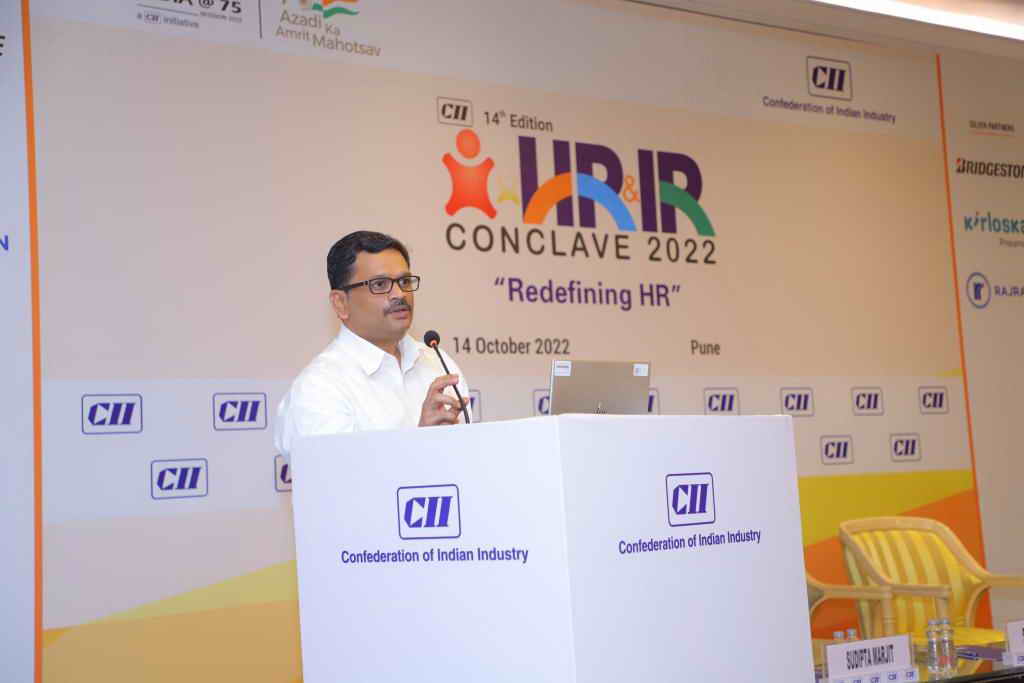No one makes a decision. Every one just has one key to the decision. The person asking the question has the "master" key and lock.
That is why self-help books talk about the quality of asking the right questions: "Unlocking of potential."
Until you show the lock and use the master key first, all other keys are ineffective. This is a reason why teams fail the promise. They are capable, good, independent show-stealers, but along a single-dimension. Multi-dimensional, bigger goals, larger good are left a lot to be desired to the extent that in a team each stalwart assumes a dwarfed position to meet "their" objectives, not a "rolled up team objective".
Thinking you make a decision by stating an action or getting people to act on your command, is not a decision. It is an instruction to follow. When the team is incapable of a decision, give your instruction. The result should then aid in decision. To get closer, give another instruction. But decisions need to be perceived individually. Consider a decision is made when each member phrase it in their personal "Aha" moment. This is the decisive point which get a larger buy-in power.
Decisions and Instructions clear many "mental clouds". They closely follow each other and lead to results.
- They steer away from "action paralysis".
- They remove the clutter away from "multi-choice indecisiveness".
- They arrest the shift and postponement of issues down the line making it a costlier corrective affair.
- real-data (not perceptions),
- seek affirmation from peers,
- ask questions,
- discuss with people relevant to the roles for a better informed, agreeable, sustained, praise-worthy decision.
Happy Decisions!! and enjoy the decision making experience.



Read your blog with abiding interest to make a DECISION to key this comment. DECISION MAKING is not as facile as crossing the 't's or dotting the 'i's, since execution of the decision is more important tnan the DECISION itself. Decision making is a thought oriented process and to develop this thought introspection of what 'WAS', 'IS' & 'WOULD BE' done should always weigh in the mind oF a person,albeit instructions given may be taken as an aid. sECONDLY, decision making is an ART to be developed since overt and covert situations are to be pondered over at all times. A HAPPY DECISION is said to have been arrived at only when the decision taken will not only meet the requirements of the present but also of the future, ofcourse, to the extent to which one could foresee.
ReplyDeleteThanks for the great comments. Insightful too.
ReplyDelete